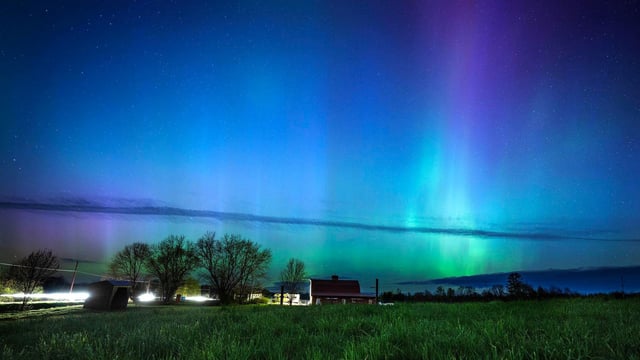Overview
- NOAA projects the storm will begin near 1 a.m. EDT on June 20, driven by charged particles from the recent solar flare
- The Kp index could reach 5 on the 0–9 scale, pushing the auroral oval far enough south for possible sightings
- Fourteen northern US states from Washington and Idaho to New York and Maine may catch faint aurora from dark, north-facing vantage points
- Canadian Space Agency forecasts suggest that cities such as Vancouver, Calgary, Toronto, Ottawa and Montreal could see stronger displays
- The summer solstice’s long daylight will narrow the best viewing window to just after midnight, so observers should seek out dark skies away from light pollution


